MONTHLY LETTER
| 01 | 02 | 03 | 04 | 05 | 06 | 07 | 08 | 09 | 10 |
05
The TM JAPAN ART STUDIO:
That Which Inspires
You never know, as an artist, where inspiration will come from. For Takeshi Matsuyama, ideas for his art derive from his observation and appreciation of the visual world. Not just things themselves, but what they represent or symbolize within cultures. Those representations have both aesthetic and practical value.Matsuyama talks of his interest in automobiles, nature, and the traditional Japanese sword as sources for his work.
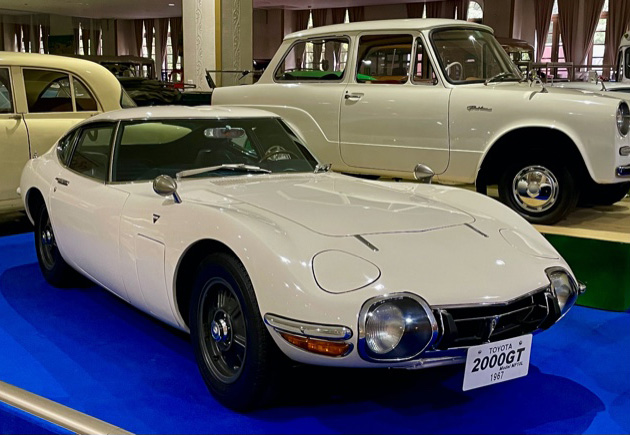
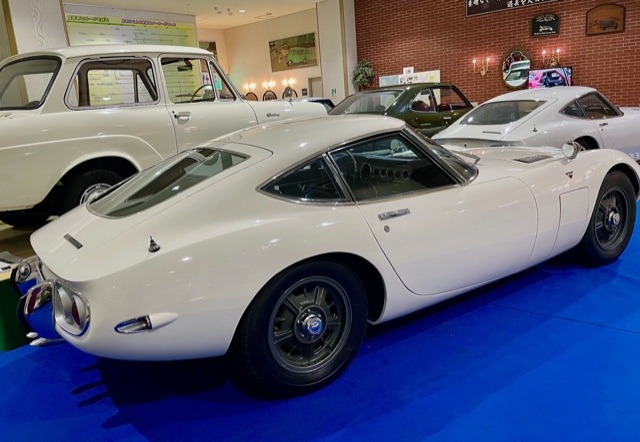
The photo is at the Motorcar Museum of Japan
Answer: Automobiles are considered an industrial project, but I feel that they are more than that for two main reasons. First, take a look at the so-called cockpit of certain beautiful cars: all the scales and dials and shapes. That’s all very pleasing to the eye, it’s not just industrial, it serves more than a functional purpose. Then, too, look at the lines and shapes of the car itself. The older cars, from the Sixties and Seventies, some of them resemble works of art.A: I’ve felt this way since I was a teenager, before I was a makie artist. The older cars have a beauty to them--they’re practical, but with artistic value.
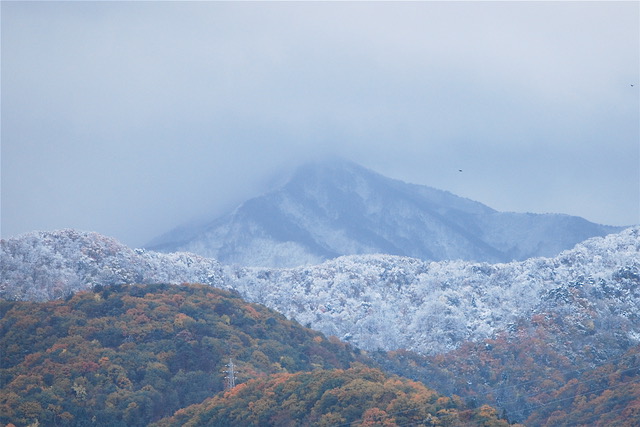
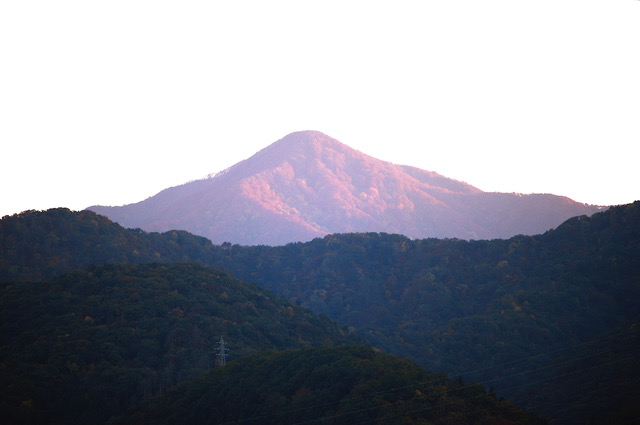
The Photo is from the window of T.M Art Studio
A: Certain photos, like one that shows that mountain you see. That’s a mountain I see from my studio. It’s our “local Fuji-san,” and we call it, Fuji Shaga Mountain. I see it every day, and it’s inspiring. Then, too, consider this: the same mountain offers different views, different perspectives, depending on the season. That’s so beautiful. The mountain is pretty close to my studio, and although clouds sometimes disturb the view, on good days I can see changes. The snow falling, for example, and less dramat ically I can say that each day is different, depending on the light. In the morning, it means a lot to me when there is clarity--then I’m very motivated.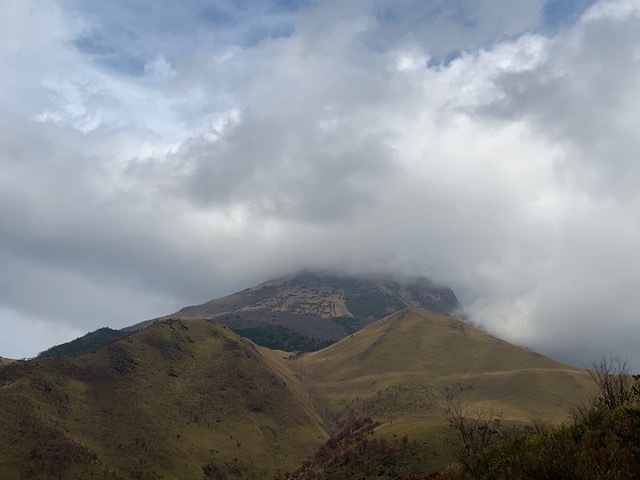
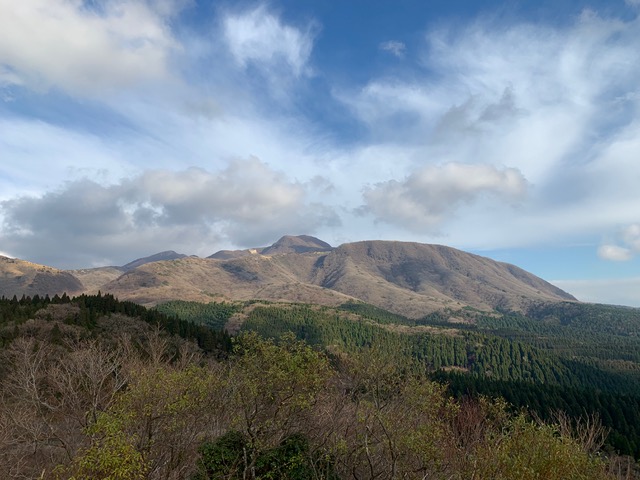
The photo is a trip to Kyushu
A: The next two photos are of a mountain in Kyushu that I visited with my wife last year. Japan is such a small country, but it’s so impressive that each mountain appears so different!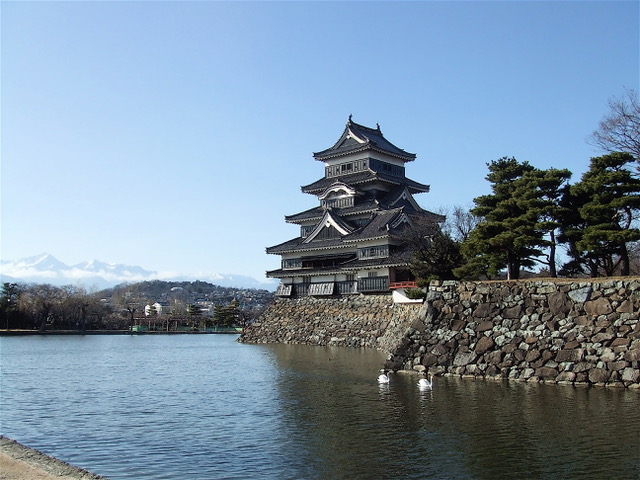
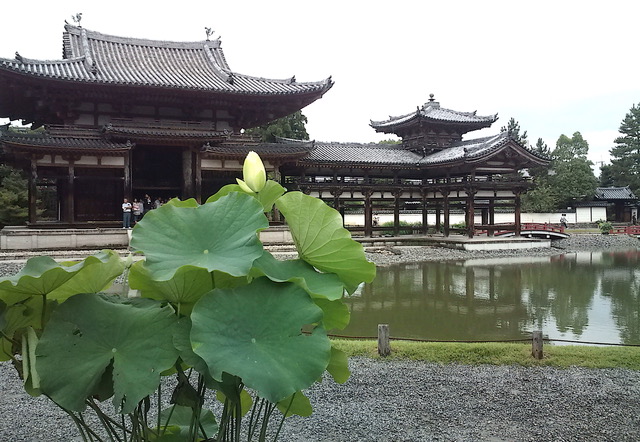
The photo is Matsumoto Castle in Nagano / The photo is Byodoin in Kyoto
A: Yes, castles and shrines are often fascinating. Like Matsumoto Castle in Nagano. Or the World Heritage Byodoin in Kyoto. Overall, from a distance, castles have a specific beauty that changes of course when you get up close. Up close, you see intricate details, and the construction that is so remarkable.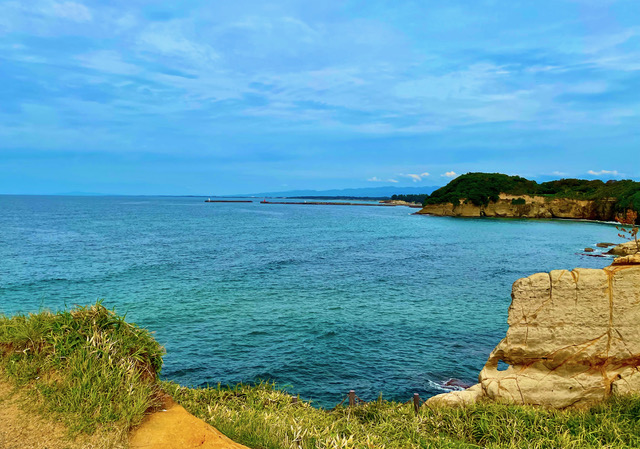
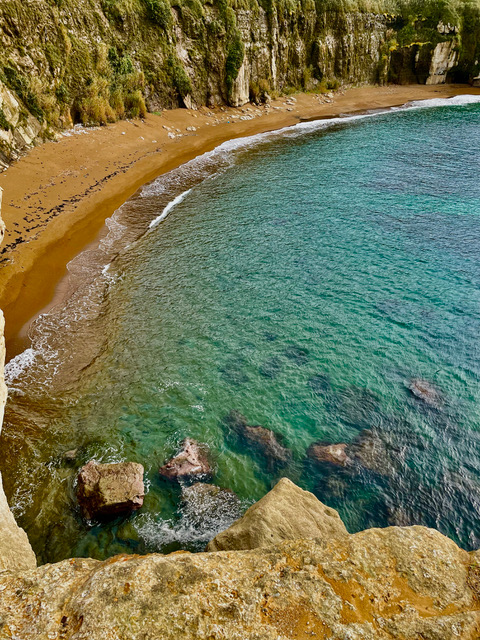
The photo is Cape Kasano in Ishikawa
A: Exactly. The dense, textured blues and greens, those are the colors I love. These add to the palatte.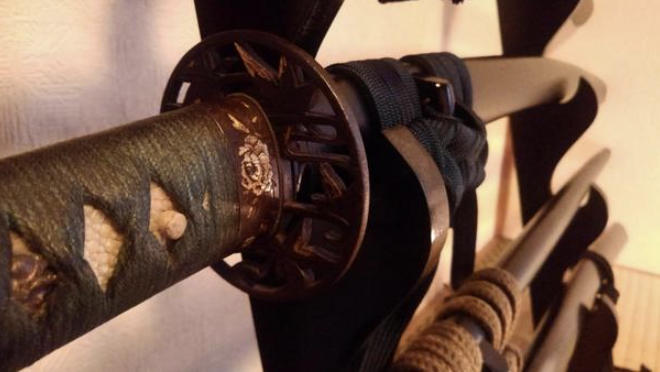
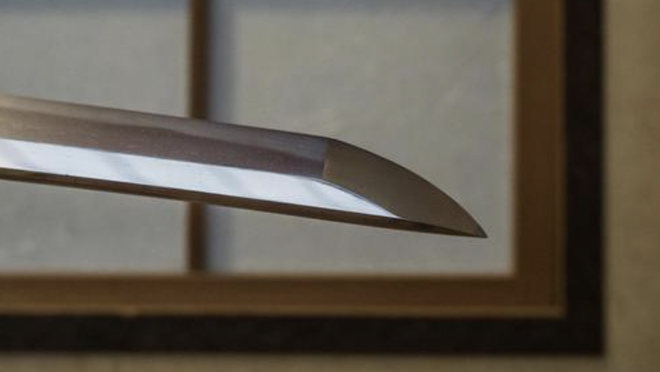
The photo is taken from photo AC.
A: The shape of the Japanese sword has a strong spiritual meaning. It's not just a weapon, but a samurai soul, or the spirituality of the Japanese people.